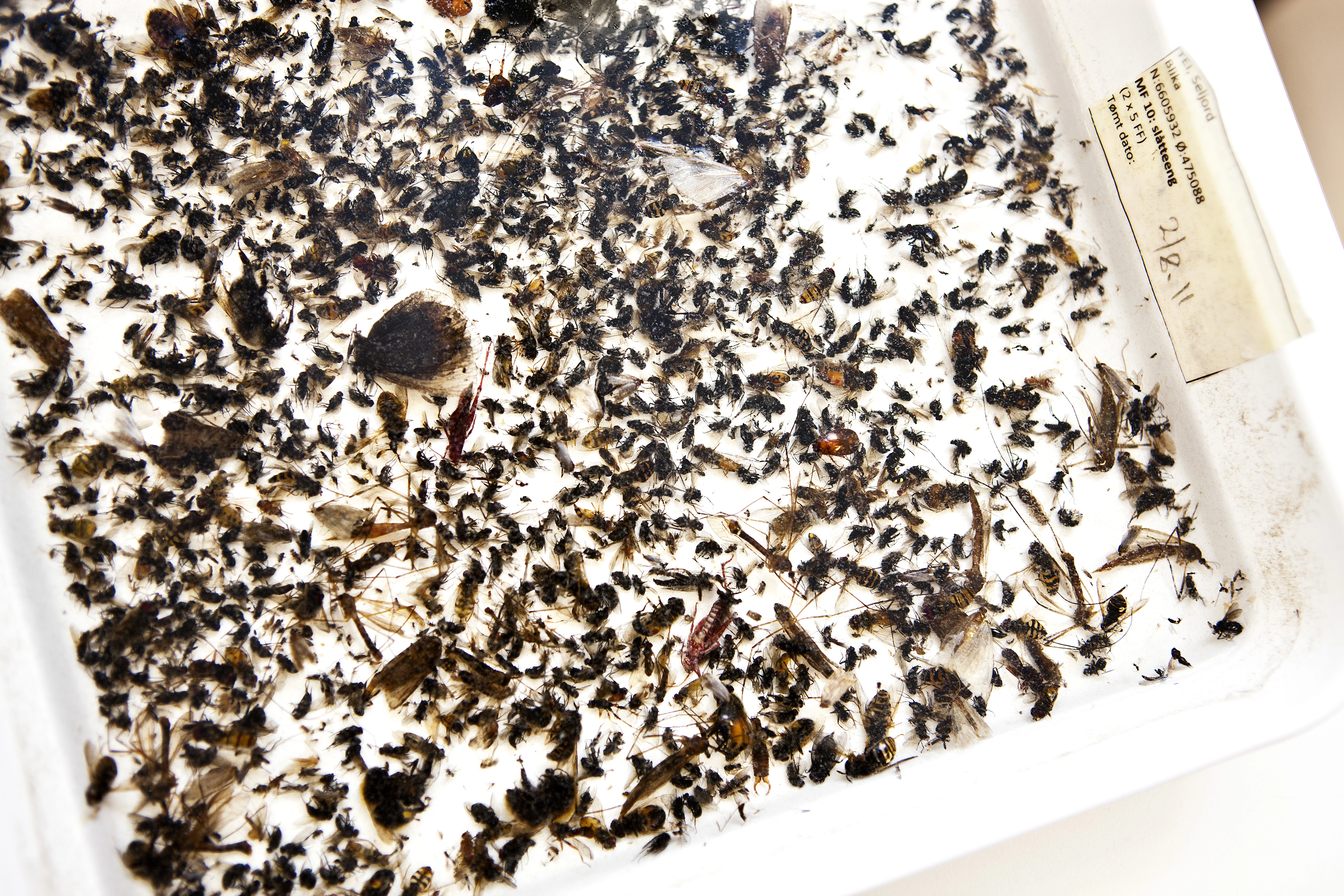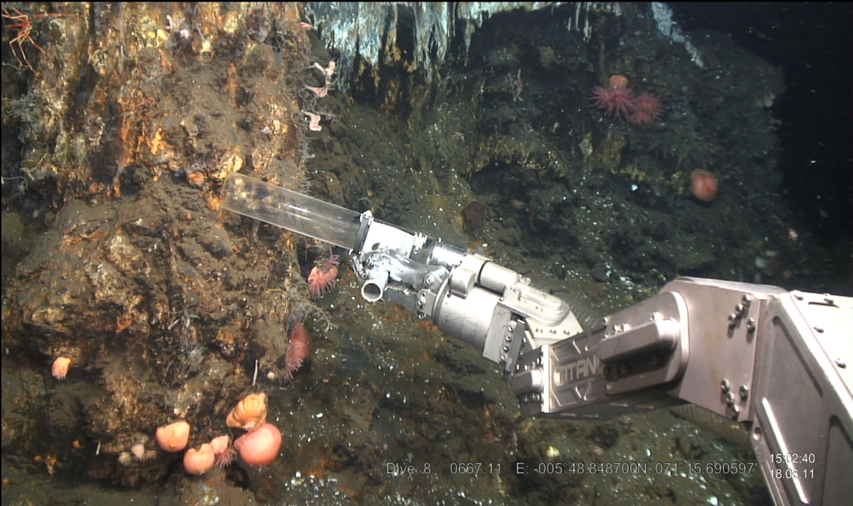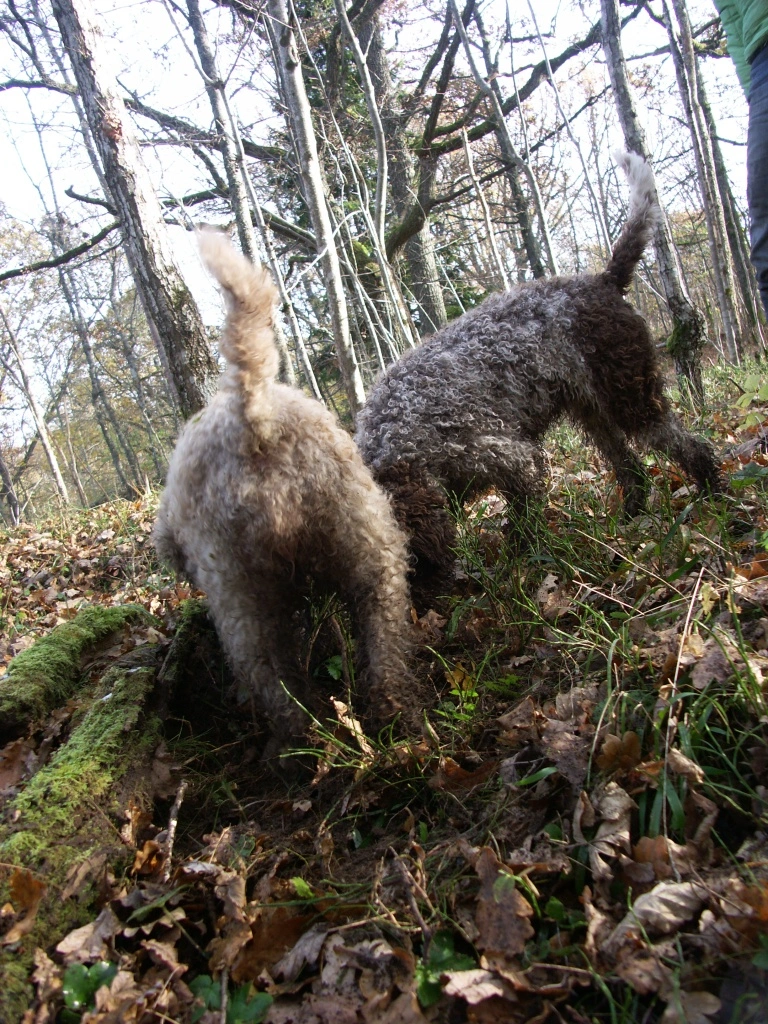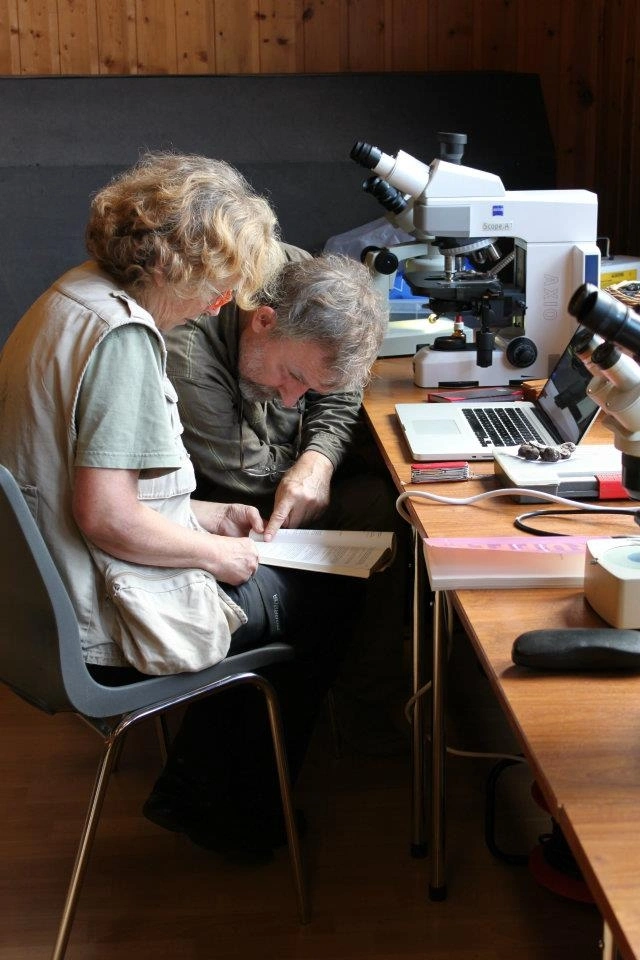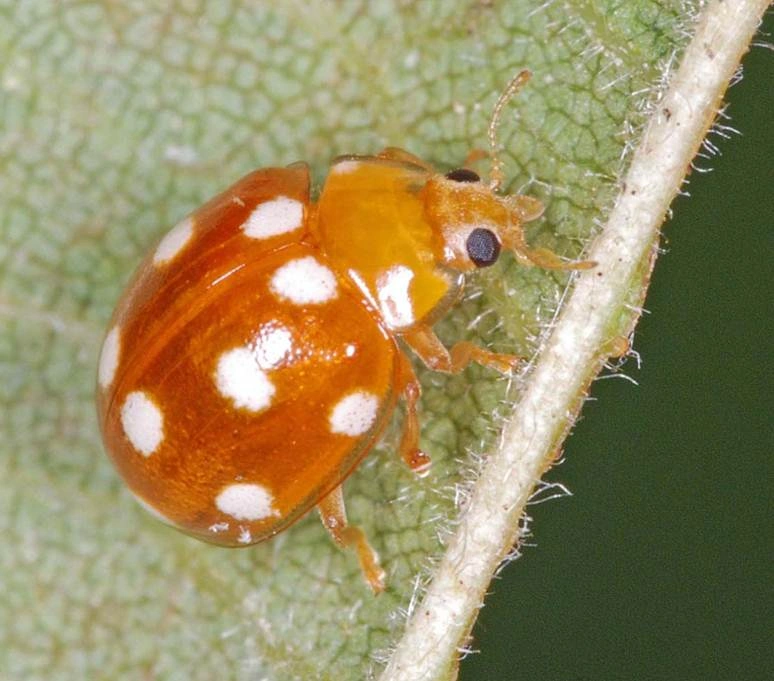Mapping Norway’s biodiversity
From truffle hounds that scour Norwegian forests, to insect traps set in the chilly windswept reaches of the island archipelago of Svalbard – biologists use all kinds of tools to figure out which species are found in Norway, and where.
- Innhold
- Insect vacuum cleaners and remote controlled robots
- Hours in the lab afterwards
- Discovery of a new species
- Insect traps in Endalen on Svalbard (Bilde)
- Collecting sponges near warm underwater springs using the help of a remotely operated vehicle (ROV) with a suction pump (Bilde 3)
- Truffle hounds with a good nose for finding truffles (Bilde 4)
- What kind of truffle could this be? (Bilde 6)
- A new species for Norway (Bilde 7)
Biologists working with the Norwegian Taxonomy Initiative conduct fieldwork throughout Norway’s diverse habitats, and during the entire calendar year. They may scour wetlands in the far north; comb dry, hot and burnt areas in the south; and survey the mountains and lowlands, littoral and deep waters and streams and lakes. Their hunt takes place in the air and on the ground, above and below the surface, in stumps and trees, fish, and yes - even inside leaves.
It goes without saying that you have to use more than your naked eye to find species, both familiar and unknown. But finding unknown species is a particular art that requires imagination, ingenuity and a good understanding of what kinds of habitat requirements species have.
Insect vacuum cleaners and remote controlled robots
Scientists comb forest edges for insects using portable insect vacuum cleaners, they lure insects into tents, use sticky yellow plates, they collect galls from foliage to hatch out the insects inside, and they use nets in the air and water, and scrape samples from stones, wood and the sides of fish.
They trawl lakes and fjords, drill and dig and extract samples from the soil and seabed - and collect samples with tweezers and remote-controlled robots underwater. Jar after jar of materials collected from previous expeditions are opened and examined. In short, no method is too exacting or too strange when it comes to figuring out which species inhabit Norway.
The choice of method, however, is dictated by the species group and the habitat being studied. Are the samples going to be collected from the water, in the air or on land?
Hours in the lab afterwards
After days and weeks of collecting in the field, biologists have to expect to spend hours and hours afterwards in the laboratory. They examine and sort collected material, and one by one, pluck out species for further investigation. They check the species under a microscope, where identifying features are compared with existing descriptions in the scientific literature, books and identification keys.
Which species is it? Is it similar to a previously identified species, or not? Sometimes a DNA analysis of a small tissue sample is done to help with identification.
Once the species has been determined, the sample is compared to a “reference species”, or samples that are held in the major collections in Norway and abroad. Reference species are specimens that are both typical and characteristic of a species. These reference collections are important for the identification of species.
Discovery of a new species
If a species that is new to Norway is found, it is entered into a reference collection and cataloged with photographs and labels that indicate the name, discovery place, date and other important information. If the species is totally new to science, it also needs to be given a scientific name, and described in a scientific publication.
Finally, the site where the species was found is recorded on a map (Artskart) and pictures and information about the species are entered into the Norwegian Biodiversity Information Centre’s and the Norwegian Barcode of Life's databases.
Insect traps in Endalen on Svalbard
Once an insect trap is emptied, there’s lots of work for scientists who have to sort and identify all the species that have been collected.
Collecting sponges near warm underwater springs using the help of a remotely operated vehicle (ROV) with a suction pump
Truffle hounds with a good nose for finding truffles.
What kind of truffle could this be?
A new species for Norway
This twelve-spotted ladybird (Vibidia duodecimguttata) was found for the first time in Norway in 2010 as a result of a survey conducted for the Norwegian Taxonomy Initiative.

